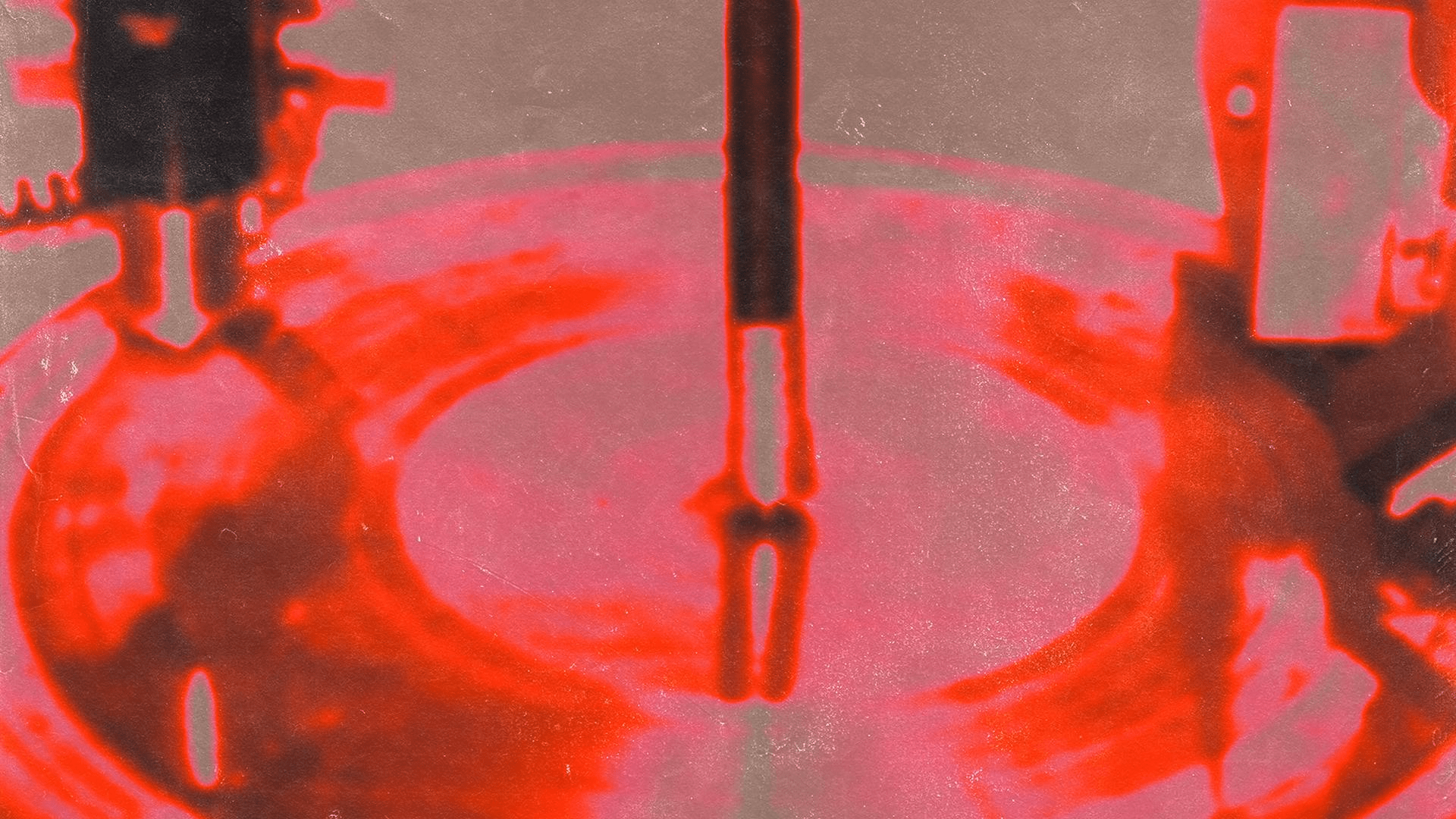EP vs LP: What’s the Difference Between Album Formats?
The terms EP and LP are often seen floating around music streaming sites. But it's not uncommon for artists to feel unsure of their meaning.
What’s the difference between an EP and an LP?
Originally, EPs and LPs differed due to the physical limitations of vinyl records. EPs (Extended Play) held 3-6 tracks with a 20-minute playtime, while LPs (Long Play) held 7-12 tracks with a 40-minute playtime.
But today streaming platforms have changed the nuances and meaning behind releasing a full-length album versus releasing a shorter EP.
In this article, we’ll explore the specifics in terms of playtime and tracklisting with respect to each format.
But more importantly, we’ll unpack the difference in meaning behind releasing each format.
What is an EP?
EPs were originally stamped into 10-inch vinyl that could hold 10-15 minutes per side, for a total play time of 20-30 minutes.
The variance in playtime was influenced by the play speed of the record, with 33 RPM records offering slightly more playtime at the cost of fidelity compared to their 45 RPM counterparts.
But today, streaming platforms have kept with this music industry tradition to help organize artists’ releases by varying playtimes.
A release with 3-6 tracks or a playtime of 20 minutes on music distribution platforms like Spotify, Apple Music or any other streaming service will always be categorized as an EP.
What is an LP?
LPs are always stamped into 12-inch 33⅓ RPM vinyl with playtimes of 22 minutes per side, for a total run time of approximately 44 minutes.
The great majority of LPs are released as 33⅓ RPM vinyl to maximize playtine, but occasionally you may find the odd 45 RPM release.
Unlike the EP, most streaming platforms have moved away from calling this kind of release an LP.
Instead, releases of this length are typically categorized as albums, since the original LP format’s length gave birth to the concept of the album that was pioneered by The Beatles—a unified piece of music with interconnected songs, all sharing a theme and telling a story.
Why should you release an EP?
Because the EP is a shorter release, it is generally taken as a less serious release. Instead, the EP format is a good opportunity to experiment with your sound and present your artist's concept.
One strategy that many artists follow is to drop an EP early in a given year before dropping a full-length album, as a way to drum up hype and interest before launching a major release.
Upstart indie electronic act The Dare followed this release strategy by dropping a debut EP in 2023 followed by a full-length album that received critical acclaim and major label backing in 2024.
It makes sense when you consider Spotify’s playlist pitching rules too, since you need to have a full release live on the platform before you can pitch a song to editorial playlists on a second release.
Because an EP serves as a medium to concisely present a new concept, you should release an EP if you’re starting your music career or if you’re pivoting or rebranding with a different sound.
Why should you release an LP?
An LP release (more commonly referred to as a full-length album release), represents a much more serious album launch with a wide but cohesive breadth of songs.
Releases like these generally receive a heavier marketing budget and typically are perceived as an artist’s major work—one where they’ve put themselves out for the world to see.
If your EP is successful or if you’ve gained some traction with an audience or niche of listeners, you should release an LP.
Crafting a longer, more complete release that shows every side of the sound and story you want to present will help develop an even deeper connection with your fans and build your narrative as an artist.
Do the differences between EPs and LPs matter?
Surprisingly they still do! Even if today’s meaning doesn’t relate directly to the physical limitations imposed by vinyl pressing, the length of your release says something about where you’re at when it comes to developing your sound.
And considering how Spotify and other streaming platforms measure your music’s performance with their various audiences, carefully considering whether your release should be an EP or LP is more important than ever.
But if you’re planning any release, you’ll need to find a distribution service provider to help you get your music up on streaming platforms.
LANDR Distribution allows musicians and producers to release their music to over 150 streaming platforms and online stores, including Spotify, Apple Music, YouTube, and TikTok. It provides a streamlined process for getting music out to a global audience, helping artists manage their releases and retain control over their royalties.
Start your next release
Release your EP or LP to streaming platforms now.
